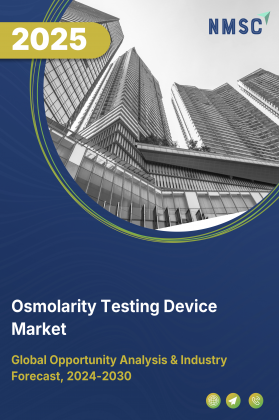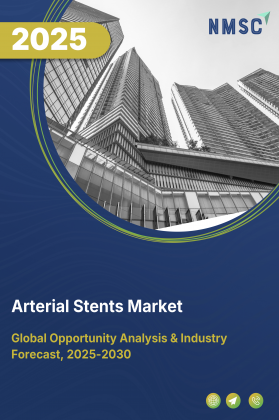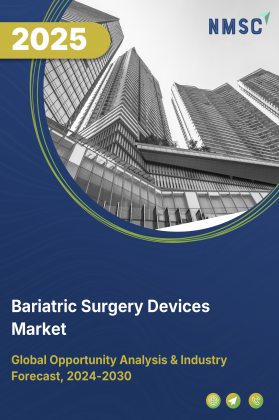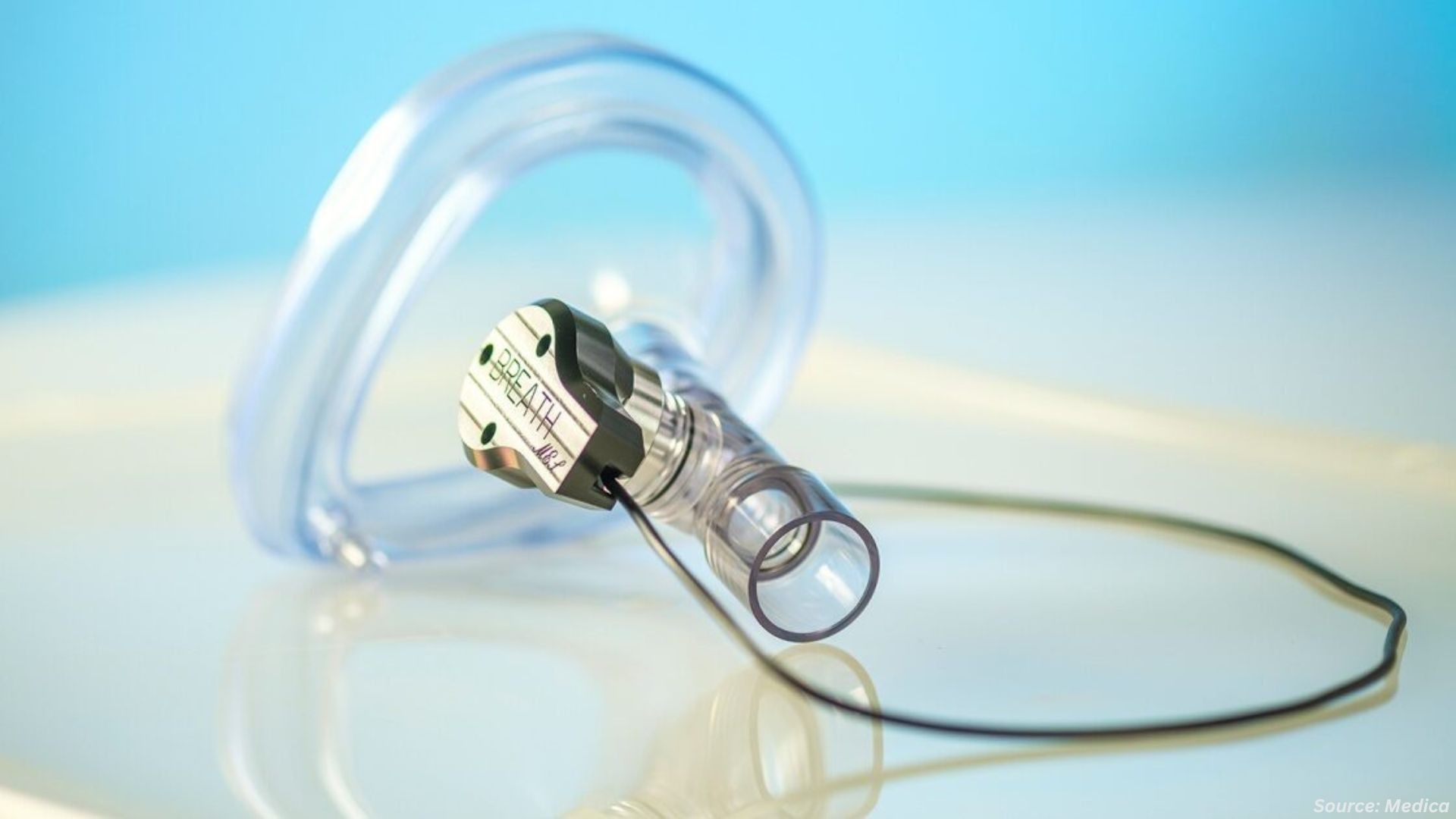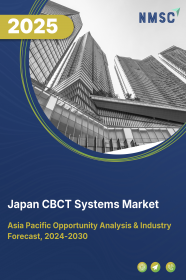
Japan Cone-Beam Computed Tomography (CBCT) Systems Market by Type (Floor Mounted and Wall Mounted), by Patient Position (Seated, Supine, and Standing), by Detector Type (Image Intensifier and Flat-Panel Detector), by Field of View (Small FOV Systems, Medium FOV Systems, and Large FOV Systems), by Application (Dental, ENT Applications, Orthopedic Conditions, and Others), and by End-Users (Dental Clinics, Hospitals, and Others)– Opportunity Analysis and Industry Forecast, 2025–2030
Industry: Healthcare | Publish Date: 19-Apr-2025 | No of Pages: 162 | No. of Tables: 126 | No. of Figures: 91 | Format: PDF | Report Code : HC827
Japan CBCT Systems Market Overview
Japan CBCT Systems Market is valued at USD 89.2 million in 2024, and is projected to reach to USD 187.3 million by 2030, with a CAGR of 12.2%. In terms of volume, the market size was 1243 units in 2024, and is projected to reach 2969 units by 2030, with a CAGR of 14.6% from 2025 to 2030.
Several factors are driving the market growth including expanding elderly population and the surge in healthcare spending in Japan. However, the substantial investment required for CBCT systems in Japan limits their adoption and hinder market uptake. On the contrary, Integration of Artificial Intelligence (AI) in CBCT systems presents lucrative opportunity for market expansion.
Key firms such as Vatech Co., Ltd., Carestream Dental, Hitachi High-Tech Group, Koninklijke Philips N.V., Acteon Group, and others, are diligently producing new products and forming strategic alliances across different areas to nourish their market position.
Expanding Elderly Population Drive Japan CBCT Systems Market Demand
Japan holds the second-best CAGR due to its growing elderly population that drives the need for improved diagnostic imaging technologies to manage aging-related health problems. Accurate and efficient imaging technologies prove crucial for addressing prevalent health problems among older adults including bone degeneration alongside dental and chronic conditions.
According to the World Bank Group's new report Japan experienced a growth in its population aged 65 or older from 26% in 2013 to 30% in 2023 which represents a 15.4% rise over ten years. Market growth occurs because the aging population demands advanced imaging solutions to provide accurate and prompt medical treatments.
Surge in Healthcare Spending Drives the CBCT Systems Market
Japan's healthcare market growth gains momentum from rising healthcare spending and it supports investments in medical technologies that focus on enhancing patient care and outcomes. The increased funding allows healthcare providers to purchase advanced imaging systems that contribute to precise diagnostics and successful treatment methods.
The World Bank Group reported that Japan's health expenditure per capita increased from USD 4,330 in 2016 to USD 4,676 in 2021 which represents an 8% growth over five years. Advanced imaging technologies such as CBCT enhance diagnostic precision which elevates patient care standards and drives the Japan CBCT systems market expansion.
High Upfront Costs Hinders the Japan CBCT Systems Market Trends
The high costs needed to acquire CBCT systems in Japan prevent smaller dental clinics and healthcare providers from adopting this advanced imaging technology because the initial expenses are too high for them to implement it in their practices.
Integration of Artificial Intelligence (AI) in CBCT Systems Presents Lucrative Opportunity for Market Expansion
The introduction of artificial intelligence i.e. (AI) in the Cone Beam Computed Tomography (CBCT) market is anticipated to produce significant opportunities for market growth by enhancing diagnostic accuracy. AI algorithms streamline the analysis of imaging data allowing for quicker identification of deformity and alleviating the workload of health professionals which overall improves patient outcomes and heightens the adoption rates.
Additionally, the use of machine learning for image optimization and predictive analysis is expected to simplify the workflows, reducing the need for manual intervention and enhancing the overall effectiveness of CBCT imaging across different healthcare applications.
Competitive Landscape
Leading players in the Japan CBCT systems industry include Vatech Co., Ltd., Carestream Dental, Hitachi High-Tech Group, Koninklijke Philips N.V., Acteon Group, J. Morita Mfg. Corp., Dentsply Sirona Inc., Genoray Co., Ltd., HDX WILL, Asahi RoEntgen Ind. Co. Ltd. And others.
Japan CBCT Systems Market Key Segments
By Type
-
Floor Mounted
-
Wall Mounted
By Patient Position
-
Seated
-
Supine
-
Standing
By Detector Type
-
Image Intensifier
-
Flat-Panel Detector
By Field of View
-
Small FOV Systems
-
Medium FOV Systems
-
Large FOV Systems
By Applications
-
Dental
-
Oral and Maxillofacial surgery (OMFS)
-
Endodontics
-
Implant Dentistry
-
Orthodontics
-
General Dentistry
-
Temporomandibular Joint (TMJ)
-
Periodontics
-
Forensic Dentistry
-
-
ENT Applications
-
Orthopedic Conditions
-
Neural and Spine
-
Veterinary
-
Other Application
By End-Users
-
Dental Clinics
-
Hospitals
-
Other End-User
Key Players
-
Vatech Co. Ltd.
-
Carestream Dental
-
Hitachi High-Tech Group
-
Koninklijke Philips N.V.
-
Acteon Group
-
J. Morita Mfg. Corp.
-
Dentsply Sirona Inc.
-
Genoray Co., Ltd.
-
HDX WILL
-
Asahi RoEntgen Ind. Co. Ltd.
REPORT SCOPE AND SEGMENTATION:
|
Parameters |
Details |
|
Market Size in 2024 |
USD 89.2 Million |
|
Revenue Forecast in 2030 |
USD 187.3 Million |
|
Growth Rate |
CAGR of 12.2% from 2024 to 2030 |
|
Market Volume in 2024 |
1243 Units |
|
Market Forecast in 2030 |
2969 Units |
|
Volume Growth Rate |
CAGR of 14.6% from 2025 to 2030 |
|
Analysis Period |
2024–2030 |
|
Base Year Considered |
2024 |
|
Forecast Period |
2025–2030 |
|
Market Size Estimation |
Million (USD) |
|
Growth Factors |
|
|
Companies Profiled |
10 |
|
Market Share |
Available for 10 companies |
|
Customization Scope |
Free customization (equivalent up to 80 working hours of analysts) after purchase. Addition or alteration to country, regional, and segment scope. |
|
Pricing and Purchase Options |
Avail customized purchase options to meet your exact research needs. |




















 Speak to Our Analyst
Speak to Our Analyst



